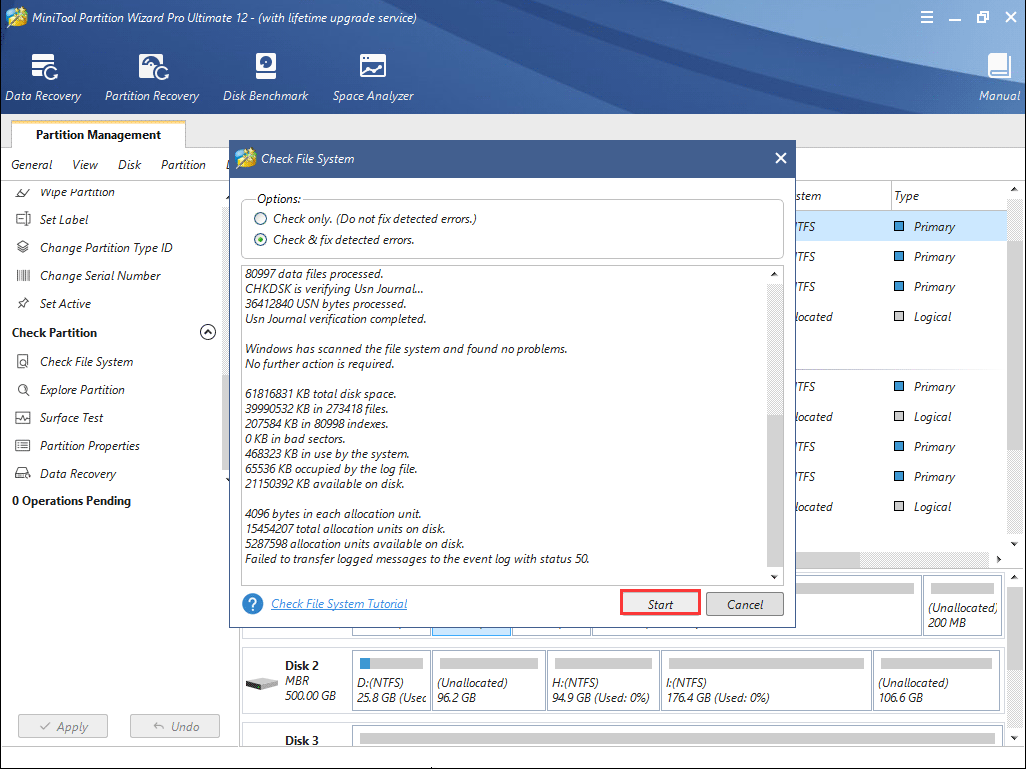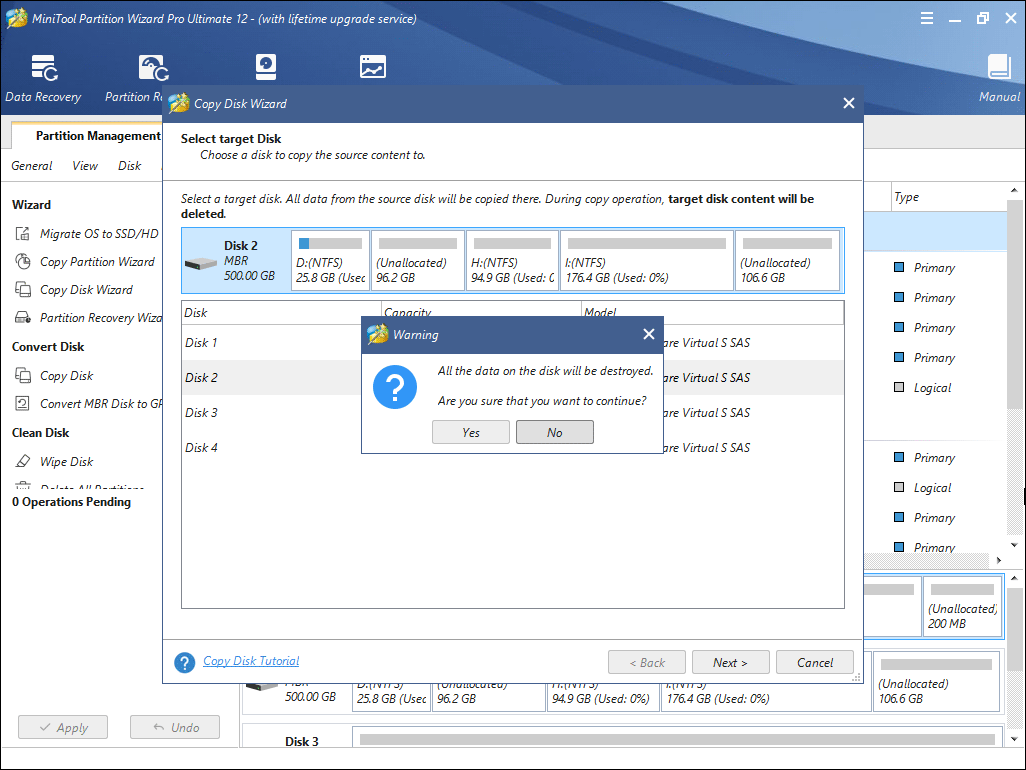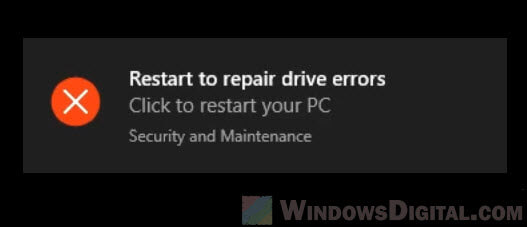
Many times your computer system becomes less responsive, slow or sometimes even freezes. It must be used to check the hard drive and system files for errors. It’s a good habit running chkdsk in Windows XP, so that you can backup yourself for the corruption in advance. To repair hard drive errors, considering Windows XP chkdsk is recommended. Chkdsk serves an early warning, pointing that hard drive is deteriorating. One can run chkdsk for checking any irregularity in the system or any threat cropping up. It depicts the general health of your PC.

Running Windows XP Chkdsk helps you out in repairing hard drive errors.

System crashes or freezes, power glitches, incorrectly turning off a computer are some of the reasons for corruption in the file or folder structure. The command helps to handle such errors and recovers data which is still in readable format. It helps to check integrity of hard drives and floppy disk with fixing logical errors and physical errors bad blocks, bad sectors, lost clusters, cross-linked files, and directory errors. Restart your computer, and then start Windows 7 from the installation disc or USB flash drive as previously described.CHKDSK abbreviated for Checkdisk is a useful command in computers running DOS/OS2 and Windows (XP). Save the setting changes, and then exit the BIOS. (The USB flash drive might be listed under "Removable devices" or something similar.) Select your DVD drive or USB flash drive as the first startup device. Boot order settings might also be listed under "Advanced settings" or something similar. On the BIOS setup screen, choose the option called "Boot order," or something similar. If the Windows logo appears, you need to try again by waiting until the Windows logon prompt appears, and then shutting down and restarting your computer again. Usually, you must press a key (such as F2, F12, Delete, Esc) or a key combination immediately after you turn on your computer but before Windows starts.


Procedures vary depending on the BIOS manufacturer. On the startup menu, choose "BIOS setup," or "BIOS settings," or something similar. Newer computers often display a startup (or boot) menu. Turn on your computer, insert the Windows 7 installation disc or USB flash drive, and then restart your computer. The BIOS interface is designed for advanced users, and it's possible to change a setting that could prevent your computer from starting correctly. Warning: Be careful when changing BIOS settings.


 0 kommentar(er)
0 kommentar(er)
